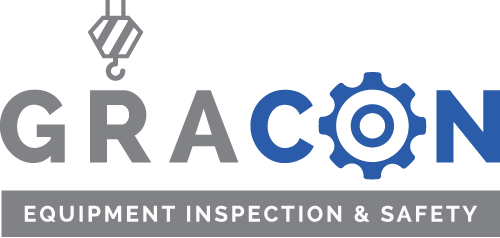Proof Load Testing
Load testing is designed to ensure that the item of lifting equipment can perform to the required standards. A proof load test is required on installation on any lifting equipment before the equipment can be put into service.
- Proof load tests can be beneficial;
- Following a weld repair to a structure.
- To measure a lift before moving.
- When checking truck/machine crane capabilities.
Quarry Break Testing
We carry out on site brake testing in quarries to accurately check and make sure the plant you have is safe to operate by your employees. This test can therefore give you assurance and peace of mind to know your plant can be operated safely. The Quarry break test is a statutory requirement under Health and Safety Regulations.
Our test equipment will produce a full record of the data and results which can be viewed instantly on site and both a printed and electronic report issued after test.
The Quarry brake test is mainly carried out on rubber-tyre vehicles examples include loading shovels, dumpers, graders, etc.
Pressure Testing
Pressure testing of pressure vessels, pipe work, components and systems are required to certify that they meet Safety Health Welfare at Work Regulation 2012.The legislation establishes this type of equipment should be checked at periodic intervals.
During the normal working life, pressure vessels and components may experience wear, corrosion and fatigue, this normal wear can result in the reduction of wall thickness of the equipment or individual components and compromise the overall system strength.
Gracon use Ultrasonic thickness measurement tests to measure wall thickness on pressure vessels and components. This will identify any wear which in turn can be checked to see if the pressure vessel can be operated at safe working pressure.
Internal Inspection: Requires invasive techniques to inspect pressure vessels internally. The testing involves the removal of the plug which allows the engineer to examine internal welds while establishing the condition of the internal wall.
External Inspection: Inspect pressure vessel externally where all components must be checked thoroughly, examples of tests include Dye-Penetrant Testing to check welds.
Hydraulic and Pneumatic Pressure Testing.
Electrical Testing
Electrical systems must be maintained in a safe condition. Under the Health and Safety Regulations periodic maintenance and inspection must be carried out on both portable appliance and fixed installations, the tests include the following;
PAT test –portable appliance test services
Fixed installation testing – we test all electric circuits and systems associated with the pressure vessels and components.
Non-Destructive Testing
Non Destructive Testing (NDT) is the use of measurement techniques to identify damage and irregularities in materials. NDT is a useful tool to detect faults in components. It can be used to check weld joints.
Ultrasonic Testing
In this process sound waves are passed through the material to identify and check internal flaws. This test is used to check when weld penetration, forging of metals and at times where visual inspection cannot be used.
Dye-Penetrant
This method is used to detect defects in both ferrous and non-ferrous metals. Surfaces are initially cleaned with a cleaning agent, and then liquid penetrant is applied to the surface and left to soak in, which gets drawn into cracks via capillary action. Excess penetrant is then removed; a conditioner is then applied to aid visual inspection of defect, whereby proper decisions can be made on equipment.
Hardness Testing
Indentation methods are used to verify the hardness of lifting equipment, when equipment is used in conditions that affect heat treatment.
